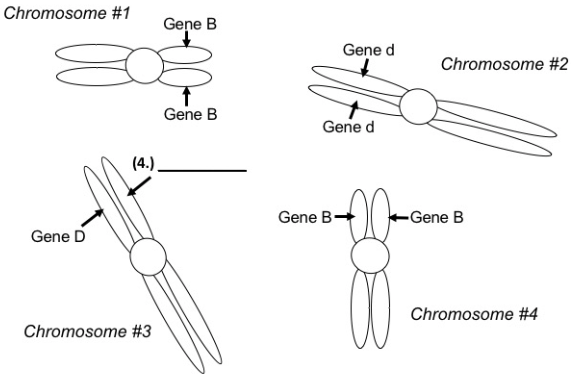Eukaryotic chromosome morphology
What can we learn by examining variation of chromosome shape?
Abstract
Eukaryotic chromosome morphology is a POGIL learning cycle activity designed for introductory biology students at the college or university level. Eukaryotic chromosomes undergo dramatic changes in shape, or morphology, to be accurately distributed into daughter cells during organismal growth or wound healing. Here, students will build upon their existing knowledge of chromosomal biology by drawing their own chromosomes as Model 1. Next, they will be guided through the variation in chromosome morphology that takes place during the cell cycle, and will compare the morphologies of different chromosomes. This is important for undergraduate students interested in careers in medicine, allied health care professions, and biomedical research as chromosomal disorders such as aneuploidy, the condition of having one too many or one too few chromosomes, are diagnosed by identifying chromosomes based on morphology.

Downloads
Published
How to Cite
Issue
Section
License
Copyright of this work and the permissions granted to users of the PAC are defined in the PAC Activity User License.

